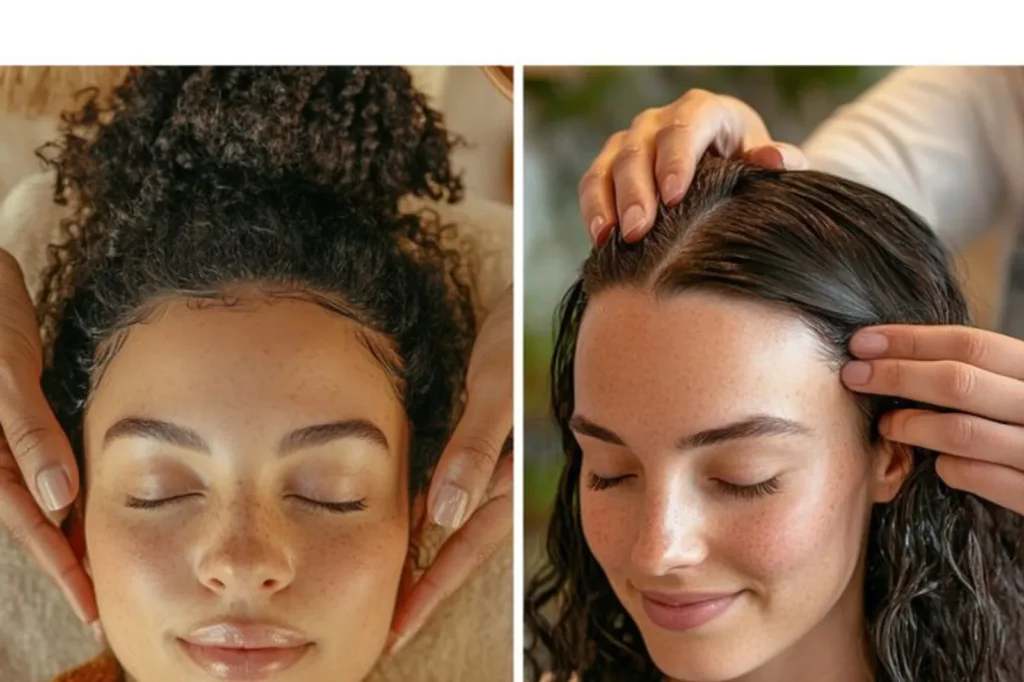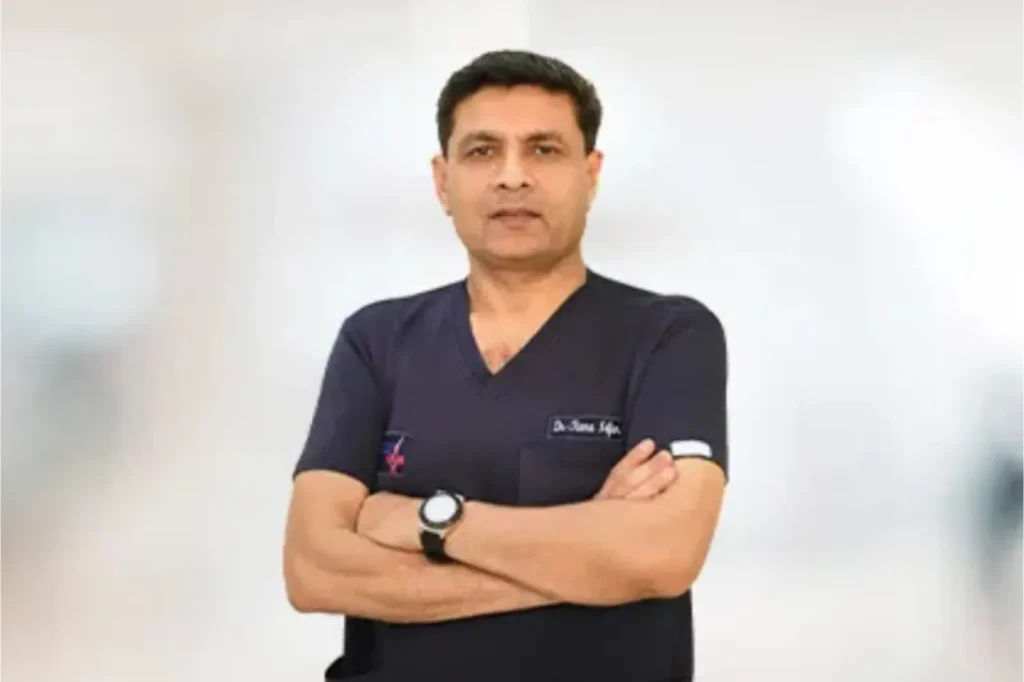Many individuals struggling with hair thinning or scalp tension often overlook the importance of scalp muscle mobility. Scalp muscles exercise involves simple movements that improve circulation, reduce stress, and support hair follicle health.
Whether you’re managing early hair loss or complementing advanced hair treatments, incorporating scalp muscle exercises may help improve scalp flexibility and blood flow.
This article explores how scalp muscles exercise works, its potential benefits, and how it fits into broader hair care routines.
Learn more from: Exercise for Blood Circulation in Scalp: Natural Support for Hair Health
What is Scalp Muscles Exercise?

Scalp muscles exercise refers to targeted movements or massage techniques that engage the occipitofrontalis muscle group—the muscles responsible for scalp mobility.
These exercises can involve raising the eyebrows, wrinkling the forehead, or using fingertips to stimulate the scalp through pressure or vibration.
How It Works
The scalp has limited muscle activity compared to other body parts, but gentle movements and stimulation help enhance microcirculation.
This increase in blood flow can improve nutrient and oxygen delivery to hair follicles, which may slow hair shedding and encourage healthy growth. Additionally, tension relief from these exercises may reduce the impact of stress-induced hair loss.
Benefits of Scalp Muscles Exercise
- Promotes blood flow to support follicle function
- Improves scalp flexibility and tension relief
- May support the efficacy of treatments like PRP or FUE
- Can be done at home without special tools
Simple Scalp Muscles Exercises to Try
1. Forehead Raises Lift your eyebrows as high as possible and hold for 5–10 seconds. Repeat 10 times. This engages the frontalis muscle and promotes scalp movement.
2. Scalp Tensing and Releasing Try to contract and then relax your scalp. While subtle, this repeated tension-release pattern can stimulate circulation.

3. Fingertip Tapping Use your fingertips to gently tap across the scalp for 3–5 minutes. This mechanical stimulation enhances microcirculation.
4. Circular Massage Movements Using light pressure, massage the scalp in circular motions, especially around the temples, crown, and nape. Do this for 5–10 minutes daily.
Why Scalp Muscle Health Supports Hair Growth
Healthy scalp muscles ensure the skin is not overly tight or restricted, allowing blood vessels to function optimally. Improved circulation supports the delivery of nutrients vital for strong, thick hair.
As a complementary strategy, these exercises are ideal for patients undergoing minimally invasive solutions like PRP, microneedling, or hair restoration in Islamabad.
Medical Perspective from Vagus International – Islamabad
Dr. Rana Irfan, a board-certified hair transplant surgeon (ABHRS, ISHRS), offers a complete approach to hair restoration at Vagus International in Islamabad.
While scalp exercises support circulation, advanced treatments like PRP therapy, FUE transplantation, and mesotherapy may be necessary for long-term hair regeneration. The clinic emphasizes ethical care, tailored solutions, and international standards for all patients.

FAQs – People Also Ask
Can exercising the scalp muscles regrow hair?
While not a standalone treatment, scalp muscle exercises may support hair health by improving circulation and reducing tension.
How often should I do scalp exercises?
Consistency matters. Aim for daily sessions of 5–10 minutes.
Do these exercises replace medical treatments?
No. They are supportive and should complement expert-led care such as PRP or transplantation.
Call to Action
Support your scalp health naturally and medically. Book a consultation with Dr. Rana Irfan at Vagus International to explore a comprehensive treatment plan combining medical innovation and at-home practices like scalp muscle exercise. Visit vagusinternational.com to get started
